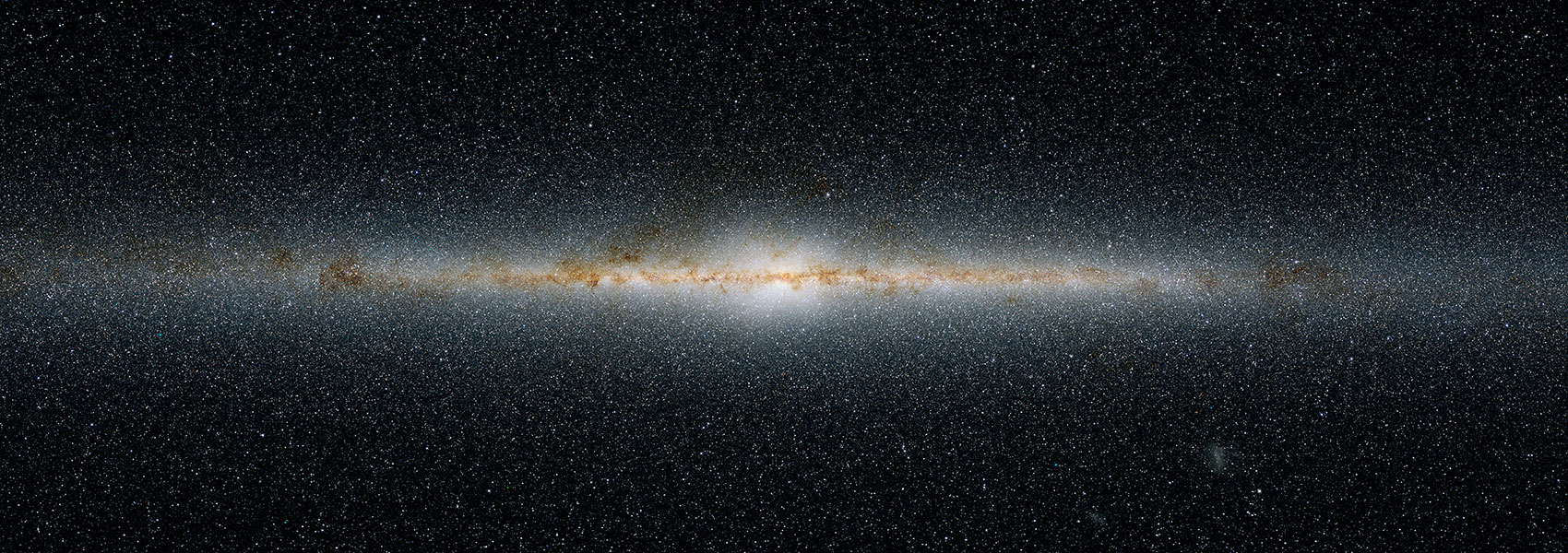Ultra-short-period planets: formation, evolution and unique scientific opportunities // In order to understand a process as complex as planet formation, the most extreme cases are often the most revealing. At the hottest extreme are the ultra-short-period planets (USP, orbital period ~1 day) which orbit their host stars just a few stellar radii away. Thanks to their proximity to the host stars, USPs may represent our best chance of understanding the composition of small, Earth-like planets in the near future. Moreover, these highly irradiated worlds are great for studying the reflectivity/thermal emission from the rocky planets, the effect of photoevaporation, tidal interaction and a possible planet-star magnetic interaction etc. By examining the radius distribution of USP around M-dwarfs, we show that photoevaporation, rather than core-powered mass loss, is likely the main driver of the observed radius gap. A uniform analysis of all USP planets with Gaussian process regression indicates the prevalence of Earth-like composition consistent with formation within the snowline. The mutual inclinations of USP planets seem to be larger than longer-period Kepler planets, this betrays a dynamical origin and offers a possible explanation of "Kepler Dichotomy".



